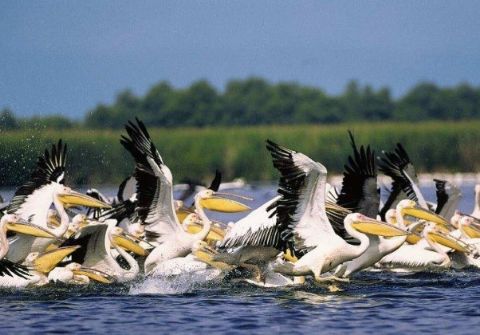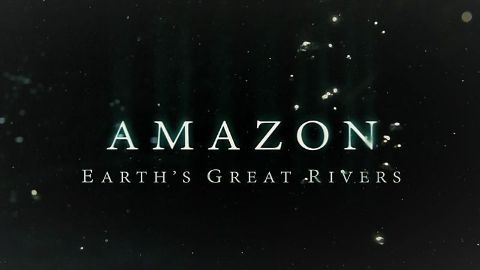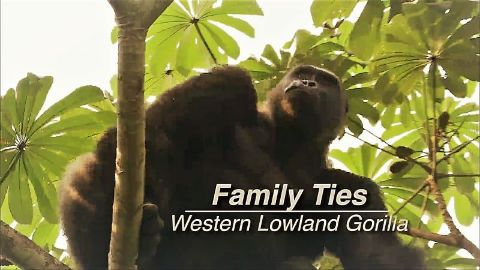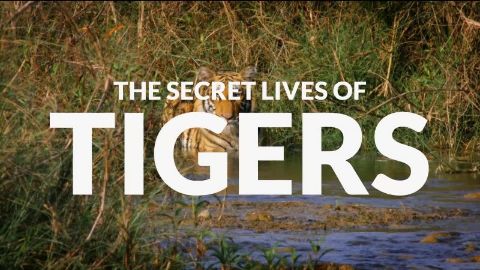From the Black Forest to the Black Sea • 2012 • episode "S1E1" • Danube - Europe's Amazon
Reveals the unknown side of a world-famous river that has shaped a whole continent. Over a period of two years, the Science Vision team traveled 90,000 kilometers and spent 481 days on location, returning with over 400 hours of material. Only two hours will be included in the finished film.
Make a donation
Buy a brother a hot coffee? Or a cold beer?
Hope you're finding these documentaries fascinating and eye-opening. It's just me, working hard behind the scenes to bring you this enriching content.
Running and maintaining a website like this takes time and resources. That's why I'm reaching out to you. If you appreciate what I do and would like to support my efforts, would you consider "buying me a coffee"?
Donation addresses
BTC: bc1q8ldskxh4x9qnddhcrgcun8rtvddeldm2a07r2v
ETH: 0x5CCAAA1afc5c5D814129d99277dDb5A979672116
With your donation through , you can show your appreciation and help me keep this project going. Every contribution, no matter how small, makes a significant impact. It goes directly towards covering server costs.







